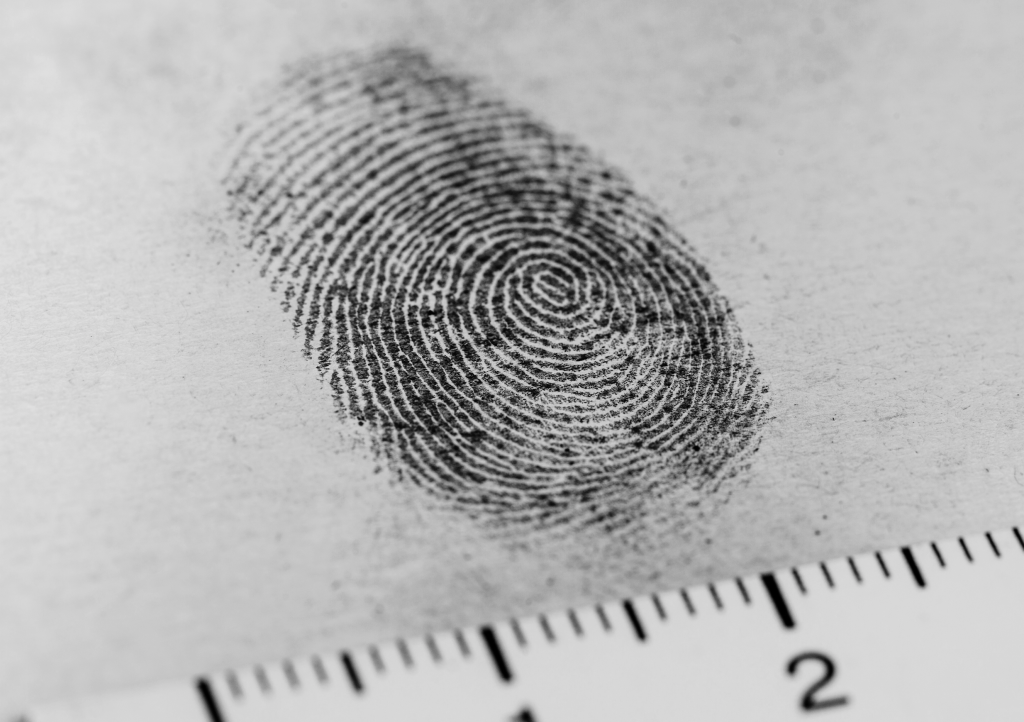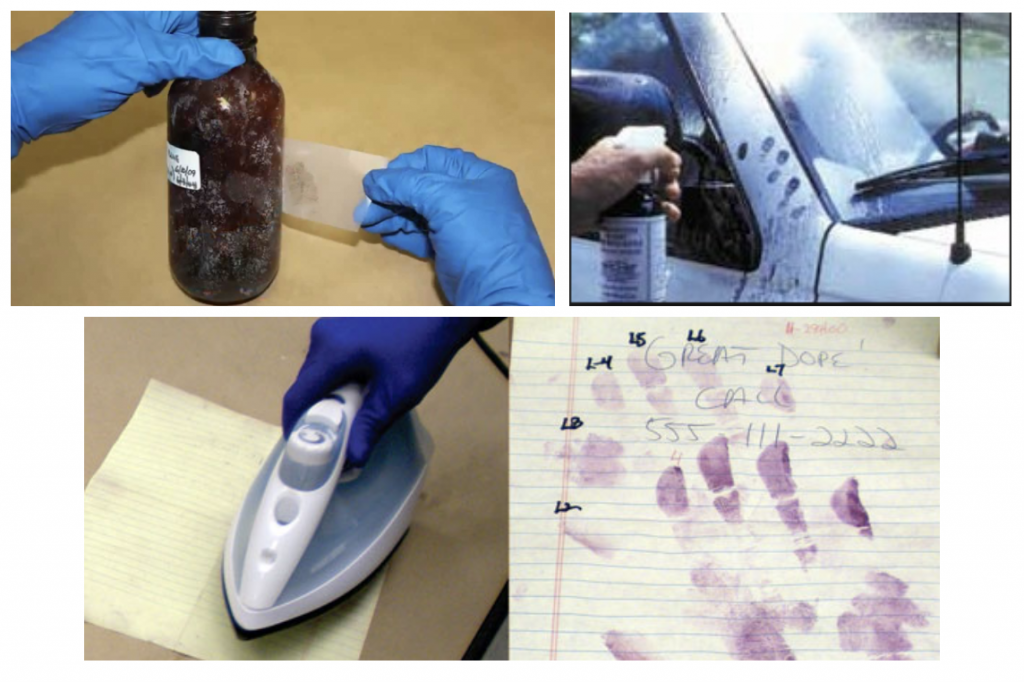However, this is one of the least collected pieces of evidence today.
Why? Most fingerprints are latent, or invisible. If they are not seen, they may go undetected. The longevity of this evidence is hard to determine as it depends on the environmental factors and may or may not still exist at the scene. The main driver behind skipping over fingerprint collection is the lack of training to process and recover a latent fingerprint properly.
Often if it cannot be processed with black powder, little to no recovery efforts are made for this evidence. In other instances, the surface texture may be called into question about viability of fingerprint processing.
While some surfaces are more difficult to process then others, every surface does have a specific, and effective, process and recovery method. Surfaces should not be overlooked because someone has said that it cannot be processed.
This analyzation method takes careful consideration based on the surface type and the expected result to potentially recover the latent evidence.
Unlike DNA, which can be transferred from person to person and deposited, a fingerprint left as evidence at a scene means “that individual” deposited “that evidence” at some point of contact. Fingerprints are unique evidence because no two individuals have the same fingerprint patterns.









